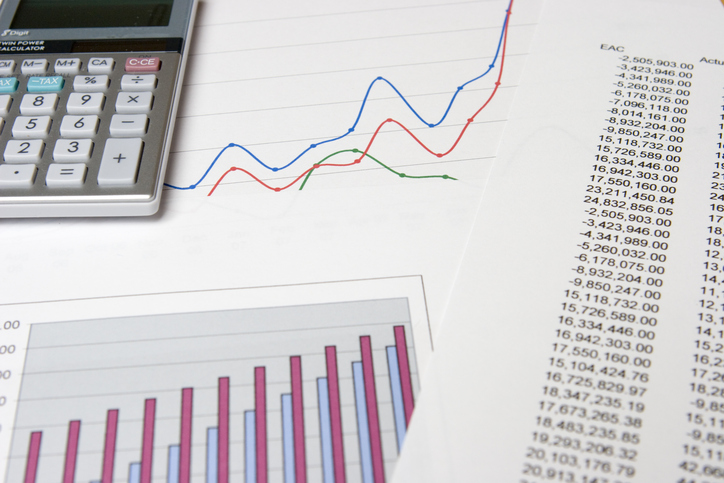How will revenue intelligence help?
Many companies lose their money from scratch. Some specialists understand what can be changed in the strategy, others do not understand anything. To facilitate financial analysis, there is revenue intelligence.
What is the revenue intelligence industry?
Revenue intelligence is a special type of accountant that tracks a company’s earnings and looks for ways to improve them. This analysis is multifaceted. Revenue analytics tracks income over time and determines the direction of the trend. The program determines how a company’s revenue compares to those of competitors in the industry.
Analytics breaks down revenue by individual products and services and determines which products are profitable for the company and which are not. The application compares revenue to expenses for each business segment to determine the relative profitability of each segment. Revenue analysts should have almost supernatural attention to detail and be very accurate in their work.
Basic properties
Revenue analysts are responsible for collecting large sets of numerical data and extracting valuable insights from them about a company’s earnings that management can use to make business decisions. The degree of specialization in revenue analytics varies from position to position: large companies often buy large specialized platforms, while smaller companies either use special agents or use simple programs.
Some analytics programs take a micro approach to data analysis. In other words, they conclude by strictly studying company data. Their reports are minimally influenced by external forces or broader economic data. For this type of analytics, general job responsibilities include comparing revenue to expenses for various business segments.
It is also important to track the revenue from a company’s product or service, or for the company as a whole, over time and chart trends, and to find possible ways to increase revenue without affecting the associated cost increases.
For example, revenue analytics can track income over time for various products. In addition, the program can compare revenues with expenses to determine the relative profitability of each product. The software should also be able to take the information it receives and convert it into financial statements that are easy to read and understand n addition to:
- processing numbers;
- identifying trends and profit margins.
After all, these are members of the company’s management team, many of whom do not have strong mathematical or accounting experience as revenue analysts and rely on data to make business decisions. Revenue analytics offer valuable insights from often complex quantitative analysis, but the program must present this information in a way that is understandable to the layperson.
Other analytical programs include macro data in their analysis. In addition to internal data, these systems conclude from economic data from outside the company, such as industry trends, competitor data, and economic performance.
For example, it can be easy to falsely conclude that a slight downward trend in revenue is the result of poor management or poor business decisions. One of the responsibilities of a revenue analyst is to control external factors when examining data. Therefore, if a small decline in revenues coincides with a larger one in economic performance, the management is doing well. This reduces losses in a complex economy.
What conclusions can be drawn?
Revenue analytics is very similar to an accountant. Such specialized programs are responsible for managing company revenues and helping make business decisions to improve them.

